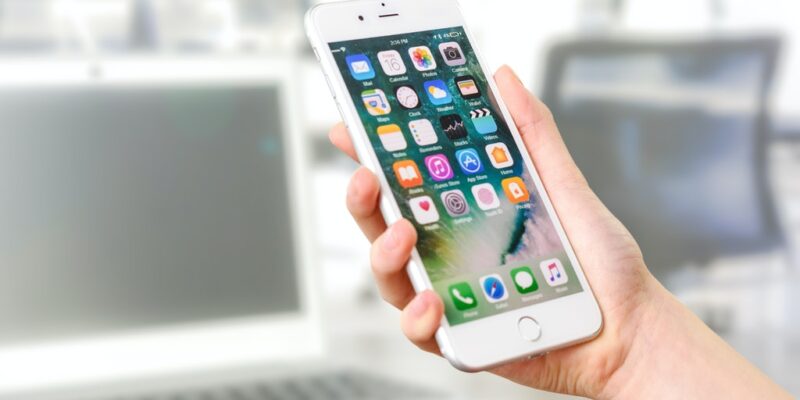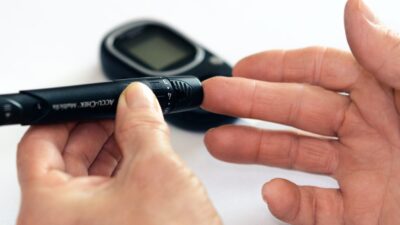When you switch devices, it’s better to stick with the same platform – Android or iOS – as your former device. It’s easier. But if you do switch, you’ll need to learn how to navigate the new interface; that said, you may lose access to purchased apps, app-specific data, or even photo and data services. Let’s compare and consider the differences between these two platforms.
iOS
Fast updates: Apple devices get regular software updates for five-six years. You get new features, apps, support for photo and video formats, security updates, and functional improvements.
Long-term value: Because Apple provides software support for a long time, devices can be handed down without worries about compatibility or security. Their resale value is also better when it’s time to trade it in for an upgrade.
Reliable customer support: Apple has a dedicated support app and a website with a lot of remote options where in-store appointments can be booked as well. Repairs can be expensive if you didn’t get the AppleCare+ protection plan, though.
App selection: The selection available in the App Store is a little better than that available in the Google Play Store. Apps usually come to iOS first because developers make more money there.
Better security and privacy: Apple takes device security and data privacy more seriously than Google. It also makes efforts to fix its mistakes. Security updates are delivered quickly. Apple Apps also use extensive encryption to protect your data.
Android
Hardware diversity: You get a ton of phone options with Android. There’s a lot of variety, too, with screen sizes, stylus options, battery size, even physical keyboards. With iOS, Apple chooses for you.
All budgets: Android phones are available for all budgets. And even some sub-$400 phones, like the Google Pixel 4a, are exceptional performers. Some even go under $200. On the other end, flagship devices easily cross $1,000.
Customization: All Apple devices work the same way. Android lets you choose your own default apps for different tasks or files, set custom app launchers, and more. There’s a lot of flexibility.
Storage options: Android phones have a MicroSD slot that lets you expand the amount of storage available for apps, photos, movies, and games











Comments